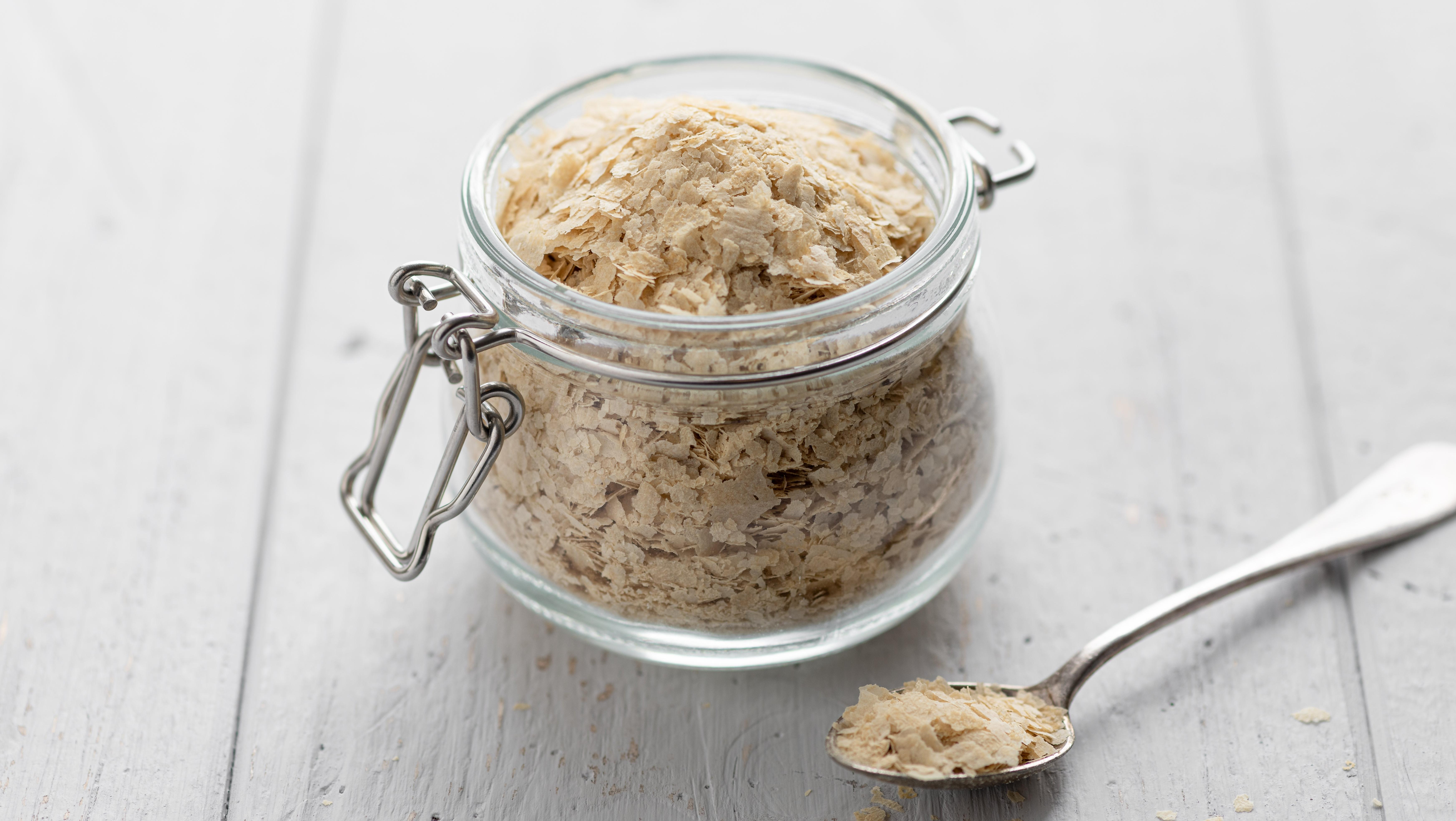This Space Food's Secret Ingredient Will Leave You Breathless
A new technology might allow astronauts to make yeast with their own breath on the way to Mars.
There are obviously lots of challenges in planning a potential journey to Mars, but one of the more pressing ones is what the hell people are supposed to eat up there. Keeping enough food on hand for a crew to survive the seven-month-long journey is a puzzle, since all those meals add significant cost and extra weight to the spacecraft. It's not enough to pack food for the trip—producing sustainable food on board the vessel is vital to the success of the mission. Thankfully, a new technology might allow astronauts to develop yeast, a key ingredient, using a byproduct of their own bodies: their breath.
Yeast doesn’t take much to grow
Yeast is a resource that is easy to reproduce, and NPR reports that a finalist in a NASA-sponsored competition called the Deep Space Food Challenge has created a machine to do just that. Air Company has developed a method of creating nutritional yeast with a very small production footprint—all it needs is a source of electricity, yeast starter, a rolling pin, and carbon dioxide. Conveniently, humans breathe out carbon dioxide thousands of times per day.
Since yeast needs hardly anything to grow, it's a particularly good candidate for making food in space. It can be incorporated into many dishes, like pasta and tortillas, and can be applied creatively, too—here's a handy guide to its many uses. Not only is it versatile, it's also a good source of nutrition, something an astronaut would certainly need on a long-haul mission.
Again, food is a bulky payload; by growing yeast, astronauts could potentially reduce the amount of food that would ordinarily take up space in the shuttle, say, for an extended trip to Mars.
What types of nutrition does yeast provide?
Nutritional yeast provides B vitamins and protein, but it's important to note that the kind available for everyday purchase at the grocery store is usually fortified with extra nutrients (it'll say so on the packaging). If yeast is eventually grown on-board a spacecraft, the nutrients provided by the yeast will be whatever develops naturally in its cells.
Space food will always fascinate the public, and the Deep Space Food Challenge always results in fascinating solutions to the problem. Previous astro-culinary breakthroughs have included the harvest of space-grown chile peppers (which were used for space tacos), the cultivation of fresh radishes, and the baking of chocolate chip cookies in a zero-gravity oven. I'm wondering what astronauts can do with nutritional yeast, radishes, peppers, and sugar now, but maybe we should save that for an interstellar version of Chopped.
